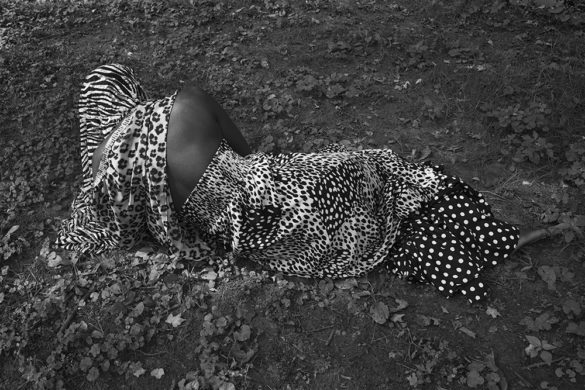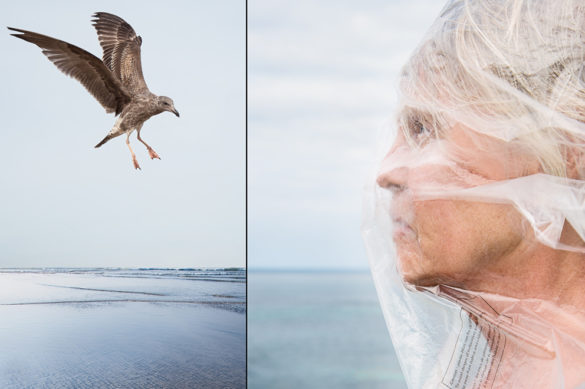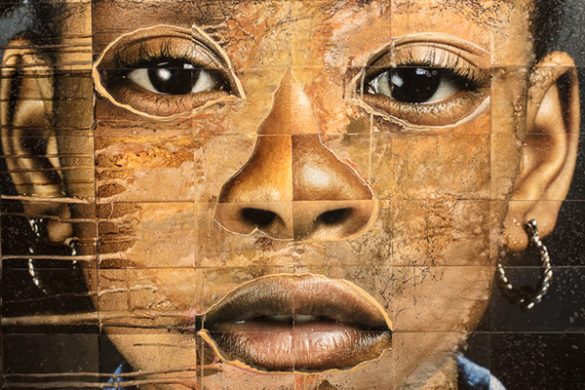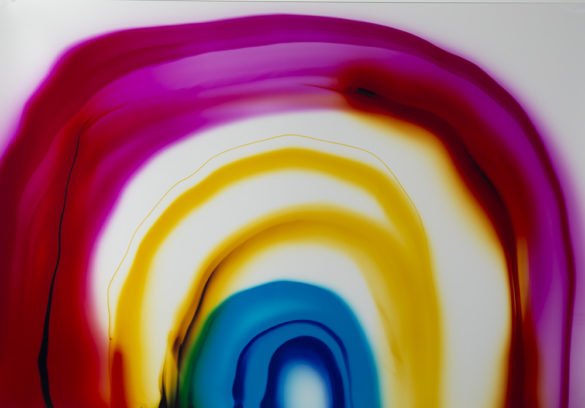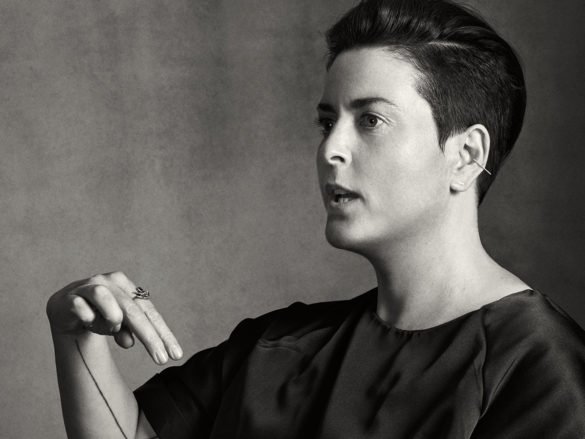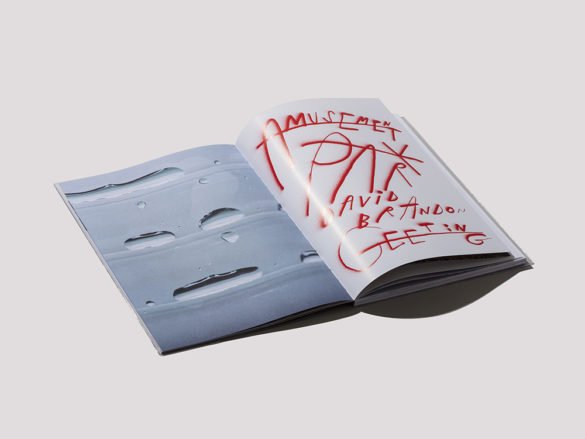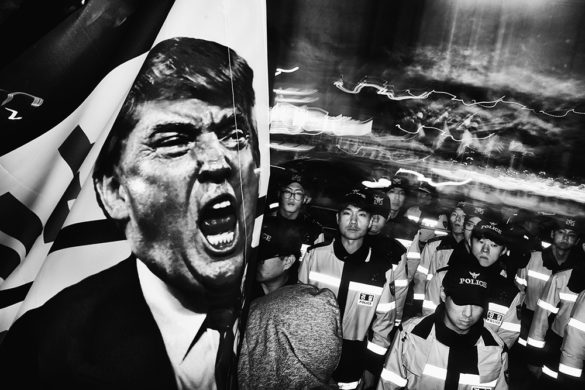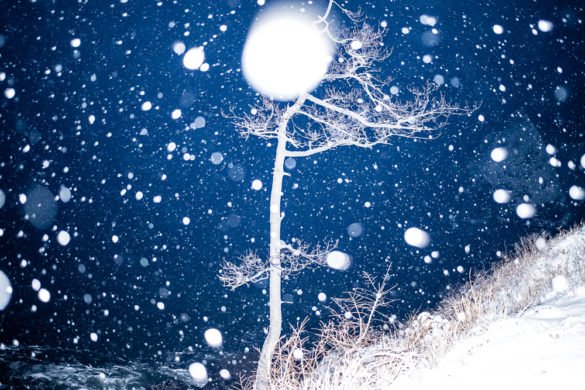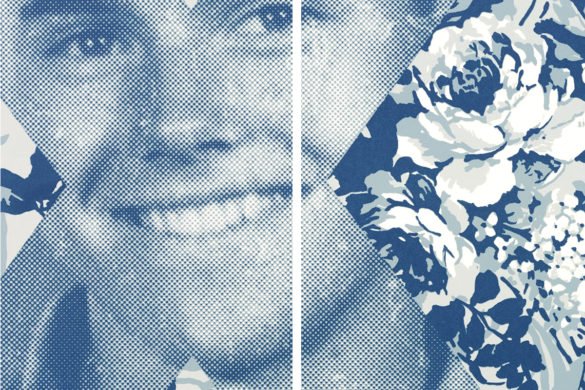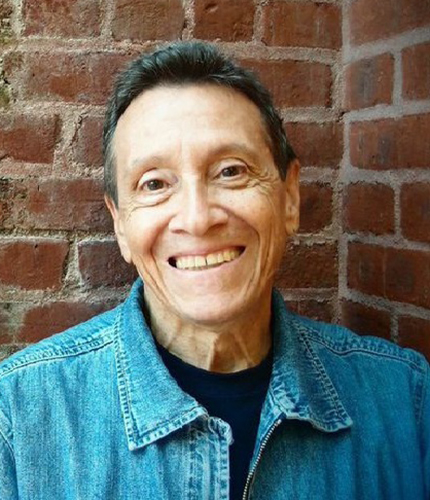The artists in this exhibition reflect on notions of paradise, idealism, and fantasy through a broad spectrum of photographic strategies. Together, the works here represent competing visual rhetoric spanning commercialism, irony, sincerity, observational and interpretative documentary, camp, appropriation, tableaux, personal narrative, and impartial photographic philosophies….
Editor’s Picks
The photograph’s gift is to let us hold on, to re-affirm our past and identity, and to strengthen our relationship to our personal history. This role of a photograph is the starting point for Alma, Keisha Scarville’s haunting and seductive solo exhibition at Light Work…
In living memory, global populations of fishes, birds, mammals, amphibians, and reptiles more than doubled what remains today. In a geological blink-of-the-eye, half of the earth’s species will be threatened with extinction. This loss will crescendo by the end of the century. Photographic artists across the medium are grappling with this unfathomable change. The forty-six works in Now You Don’t: Photography and Extinction make the biodiversity crisis increasingly perceptible, and gesture toward a contemporary aesthetics of endangerment and species loss.
I began #InHonor as a personal response to the killings of Black people across America. To be completely honest the work was born out of guilt. All of my friends had rallied up in arms to march for Trayvon Martin and Eric Garner. I, on the other hand, was nowhere to be found. I felt guilty.
The analog color darkroom is a magical place where a pitch-black environment allows only the vision of the mind’s eye. Without the use of a camera, I build my own negatives and paint with light. Transparent shapes are cut out with scissors and layered on top of glass.
I first encountered Paul Mpagi Sepuya’s work when I walked into his 2017 solo exhibition at Yancey Richardson Gallery in New York City. I didn’t so much view his pictures as I did stare at them, trying to reconcile the spatial constructions, to untangle the delicate knots of reference and self-reference, seeking to decode anonymous flesh of male forms, and trying to figure out where any given picture starts or ends;
As one of the most…
I imagine Geeting as a kindergartner willfully coloring outside the lines, scribbling with glee, delighting in breaking the rules and not giving a F. In an image-saturated world that is burdened with homogeneity, with photographers getting A’s for adhering to conventions, or even bending them mildly, Geeting does the wrong things in all the right ways.
On November 7, 2017, South Korean President Moon Jae-in extended a “heartfelt welcome” towards US President Donald Trump as he arrived in South Korea for a two-day summit to reaffirm the Korea-US alliance. However, his stay did not pass without criticism. Labeling the US president a warmonger, the “No Trump Joint Action Task Force” organized rallies against his visit. Made up of 220 left-wing political parties, civic groups, labor unions and student groups, the association claimed his impulsive remarks towards North Korea heightened military tensions on the peninsula.
Statement By southern coastline of…
My work in progress, Masculine Decoys, consists of portraits of Navy sailors silkscreened with decorative floral patterns. These patterns act as a form of camouflage, concealing the decoys with a lattice of navy blue flowers. The silkscreens also incorporate designs from naval signal flags and pennants, an alphanumeric code that was used to create unique visual communications. Even in the days of radio and satellite communication the U.S., Navy relied on alphanumeric signal flags and pennants for visual signaling; these signal flags allowed vessels to communicate while maintaining radio silence.
A.D. Coleman has been writing about the field of photography for over 45 years. As the first photo critic for the New York Times, he saw firsthand the rise of the medium’s stature in the art field during the late ’60s, and has continued to track its long and ever-expanding evolution since that time. Throughout his career, he has taken close interest in the rise of electronic and digital media, following its developments…


